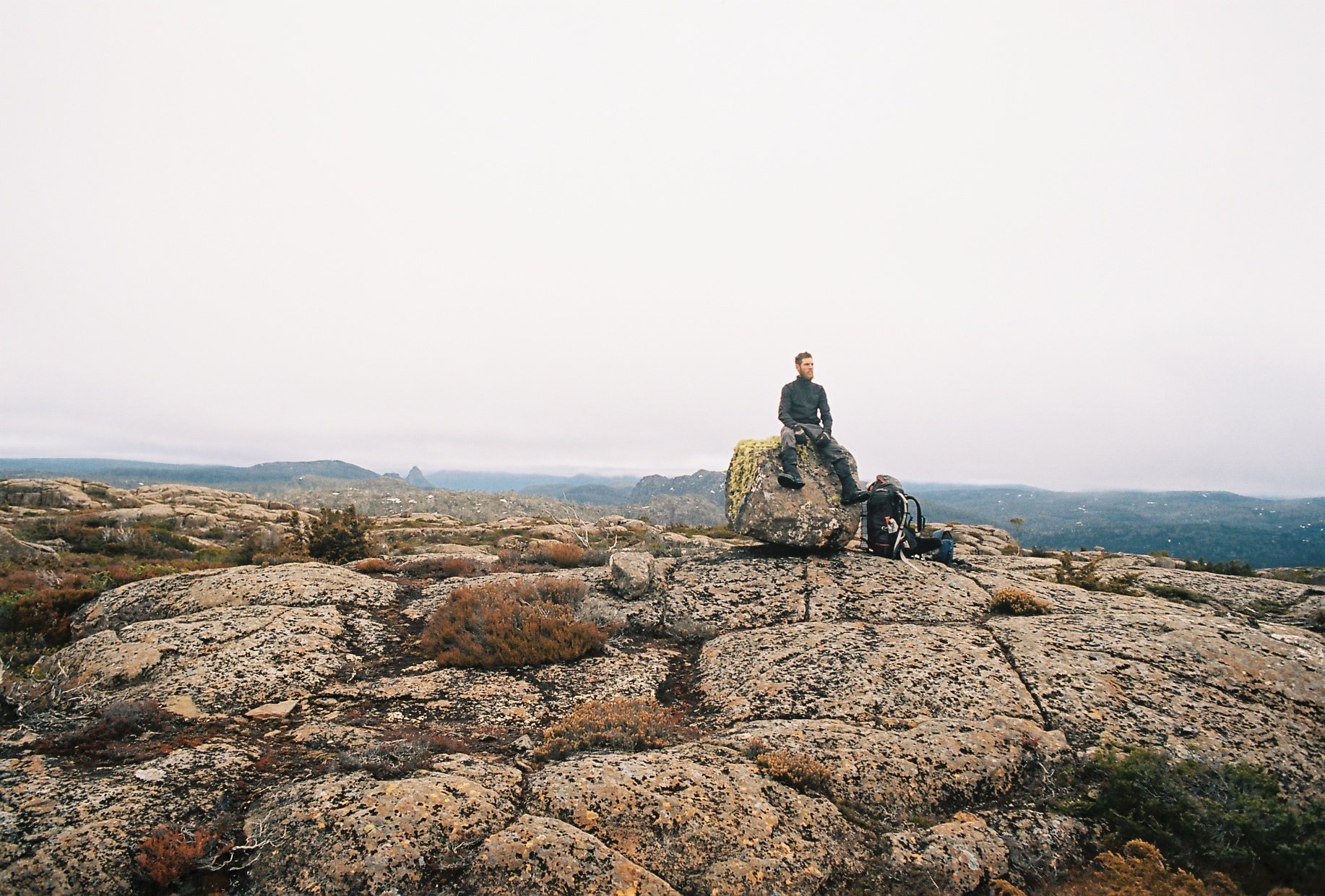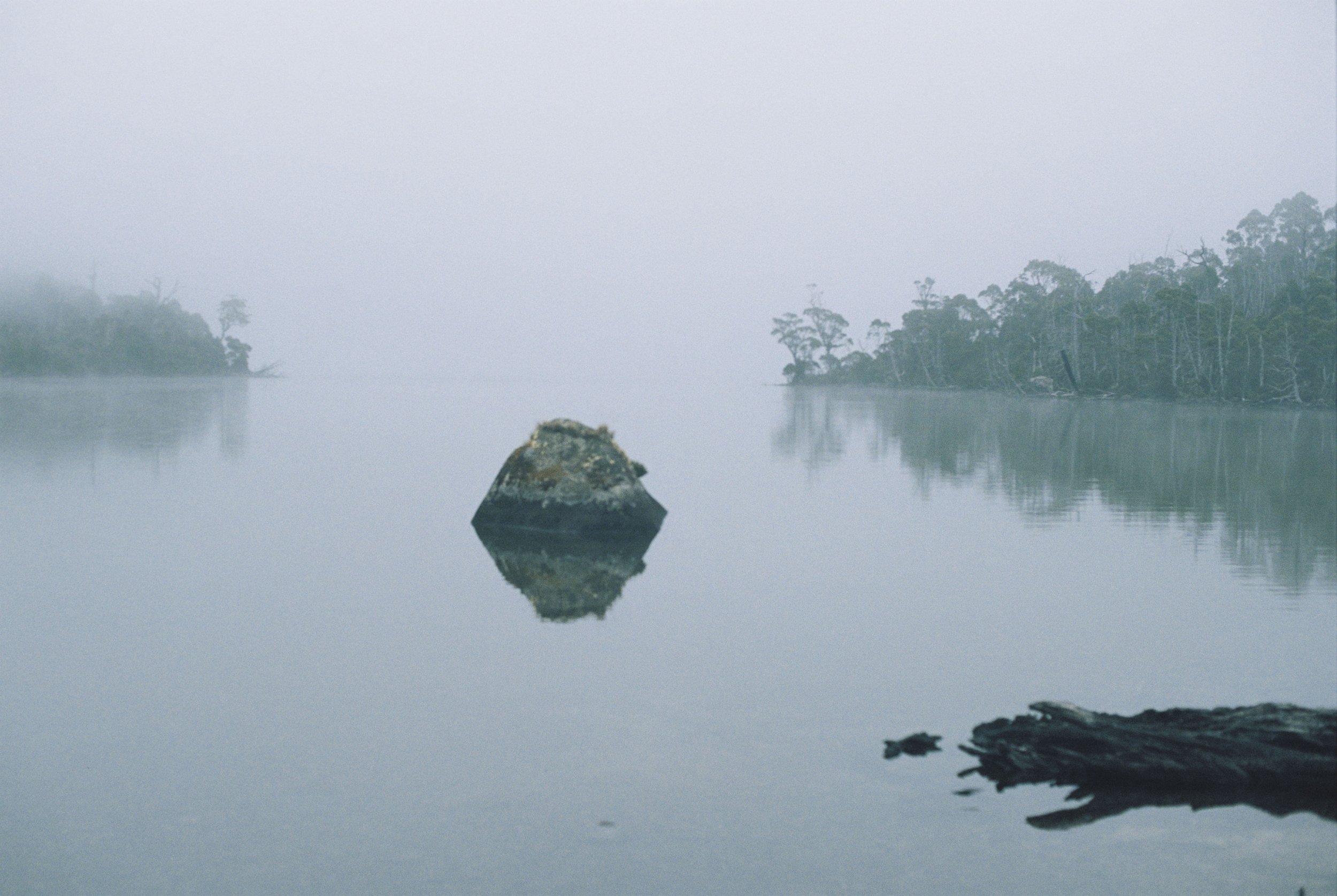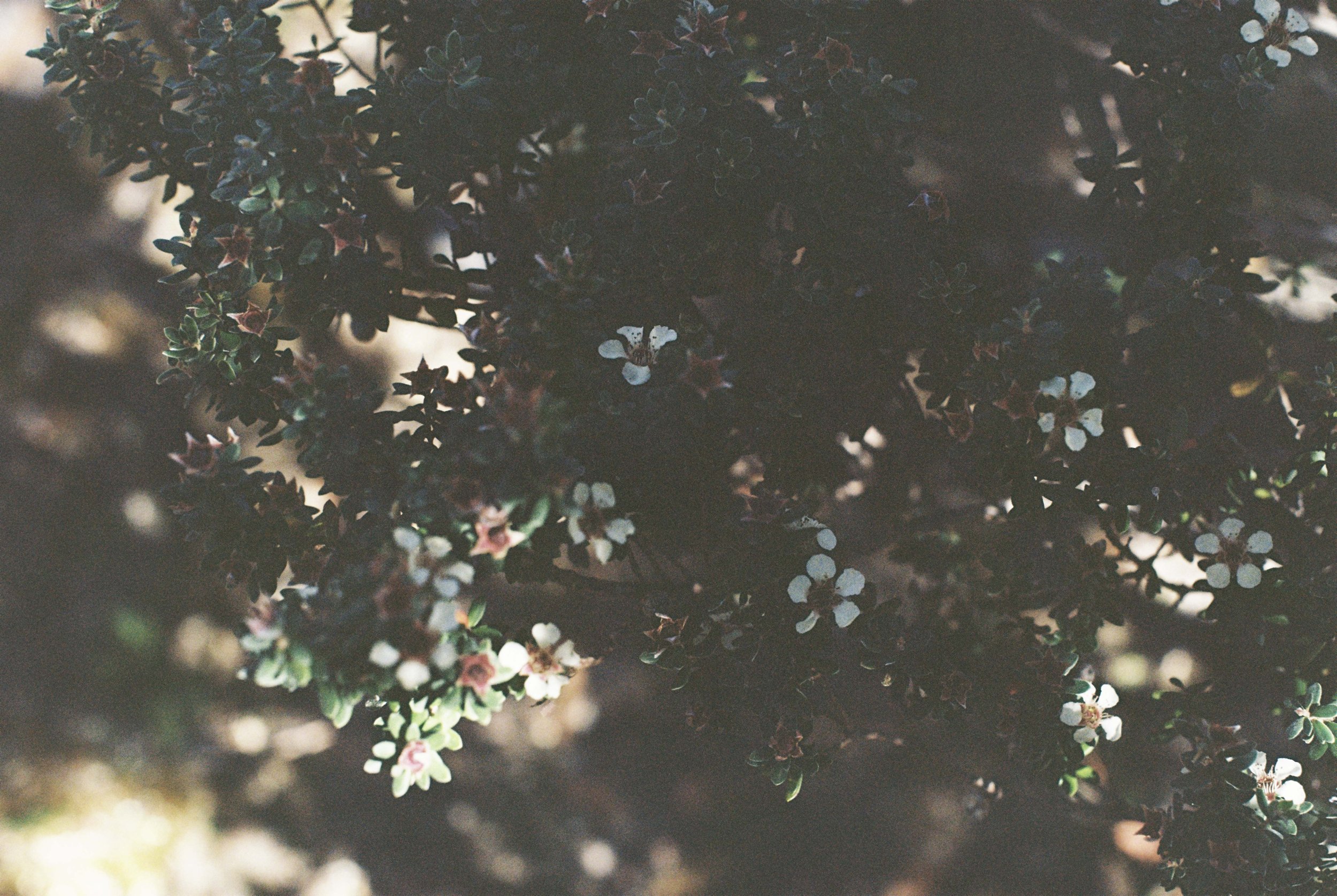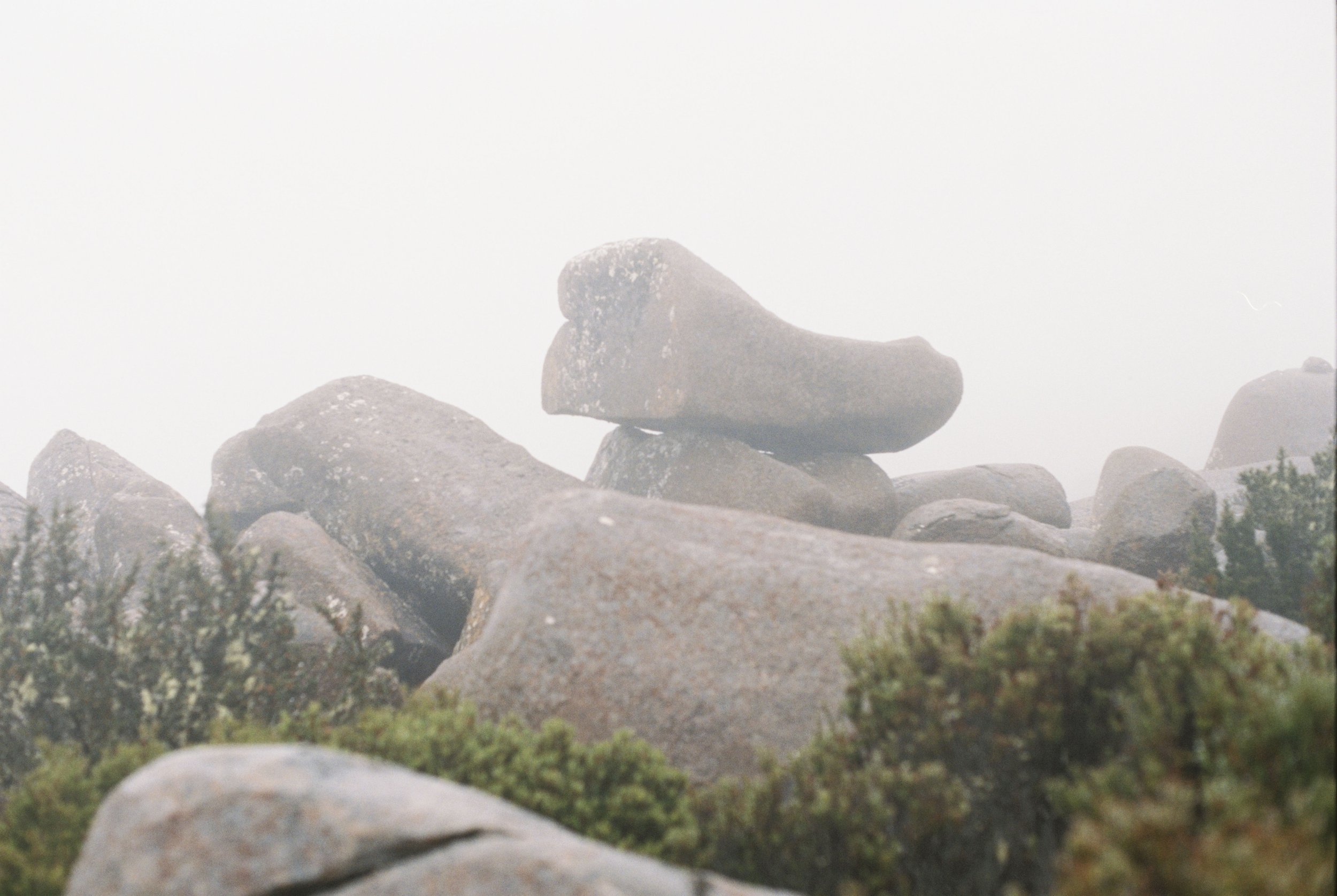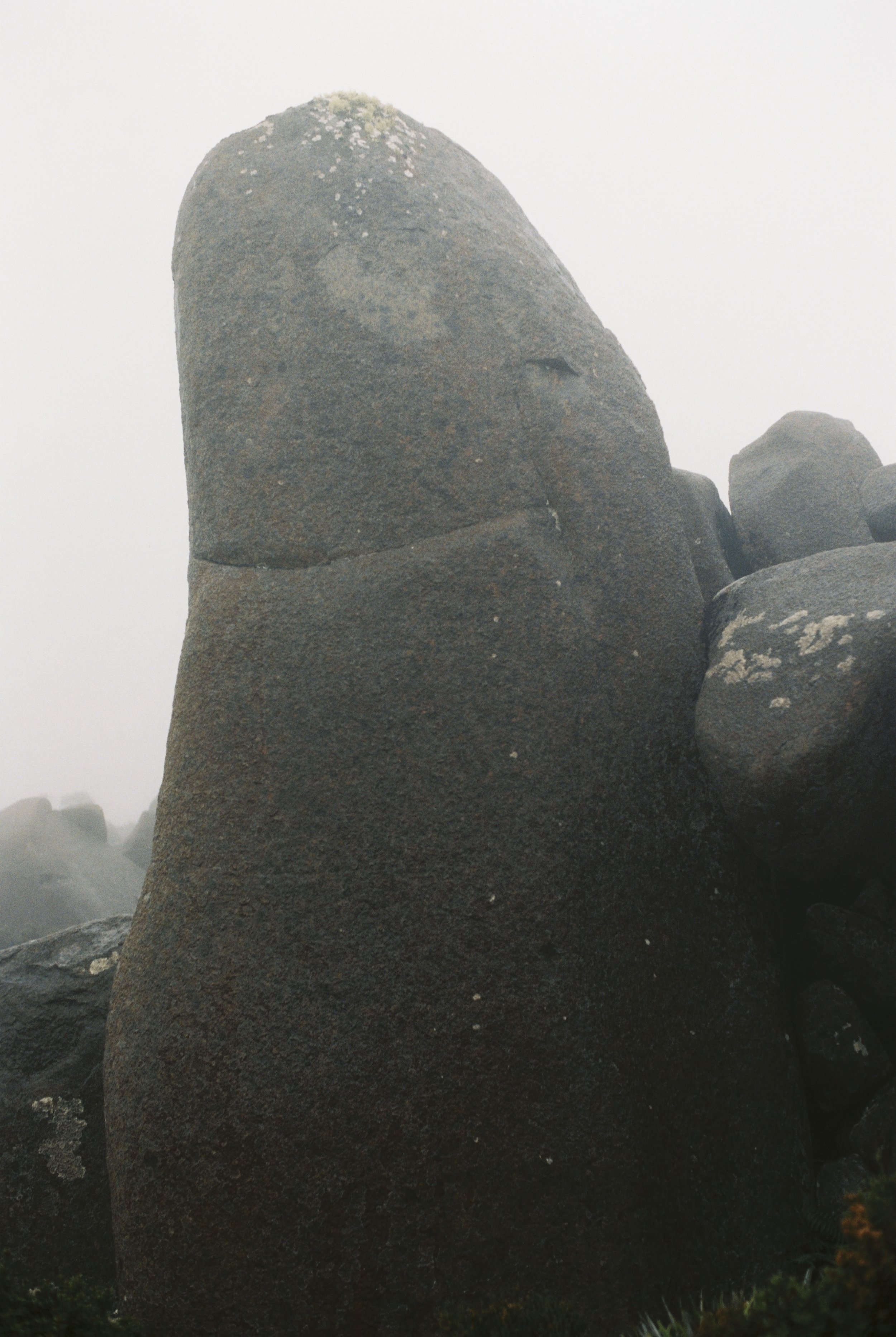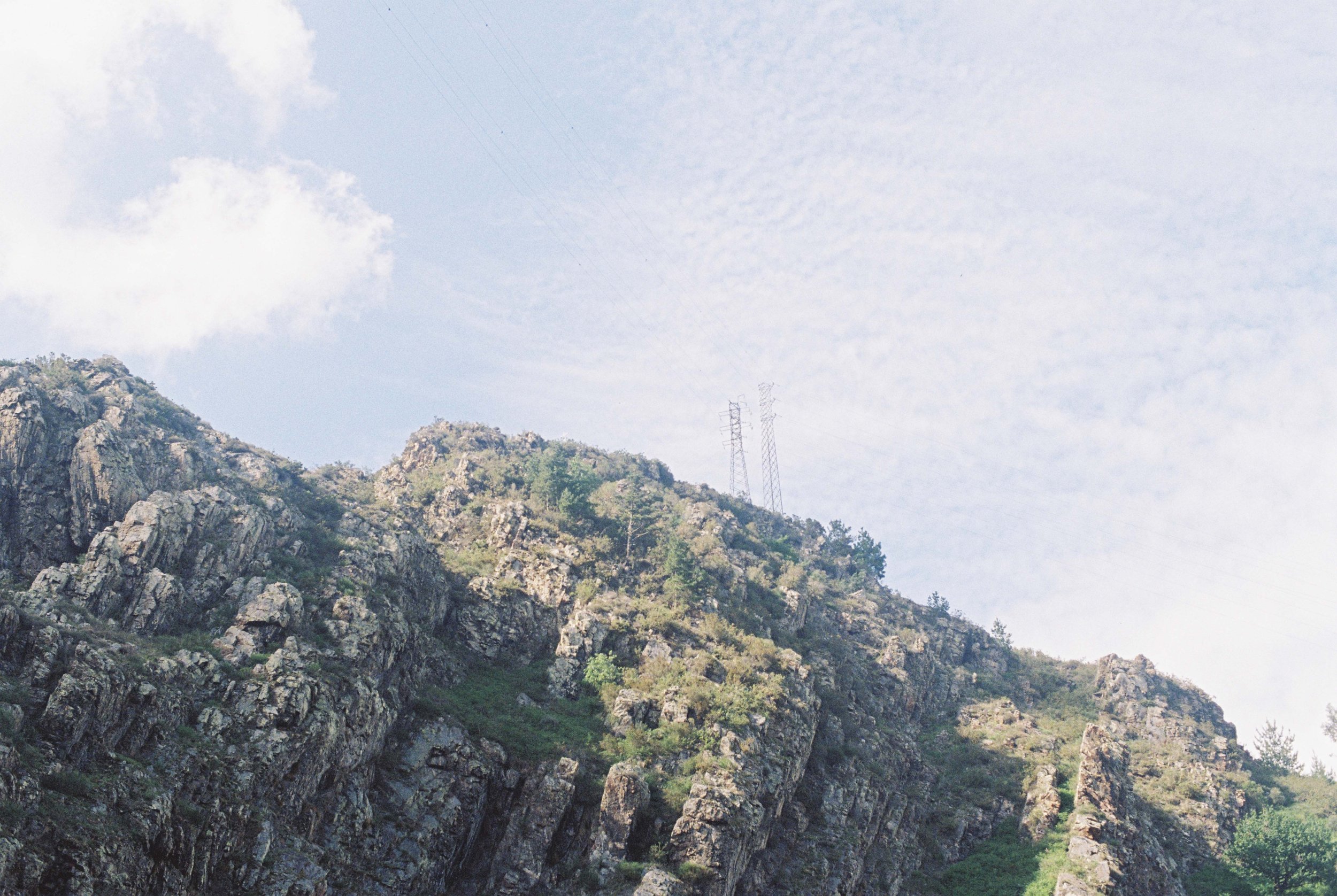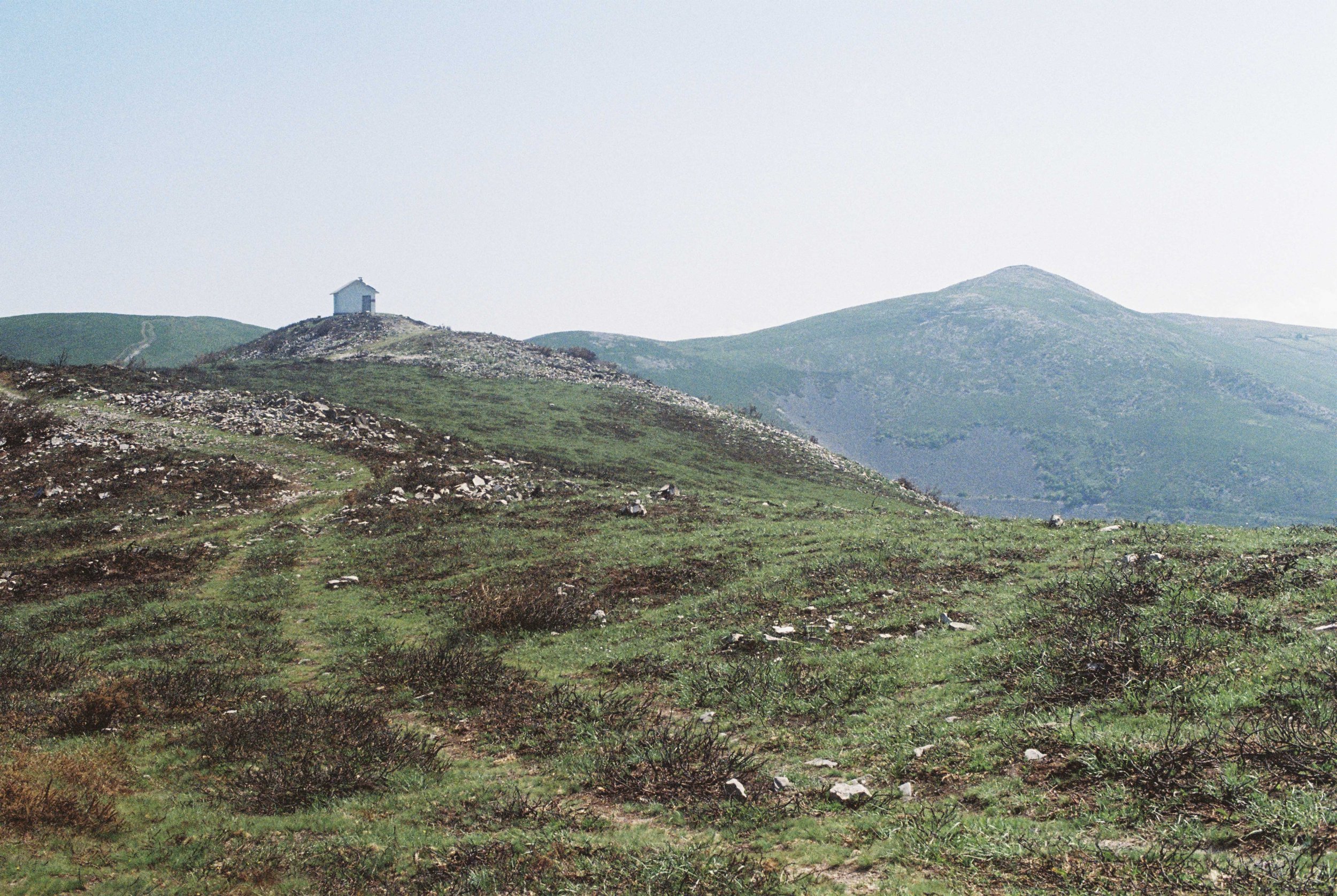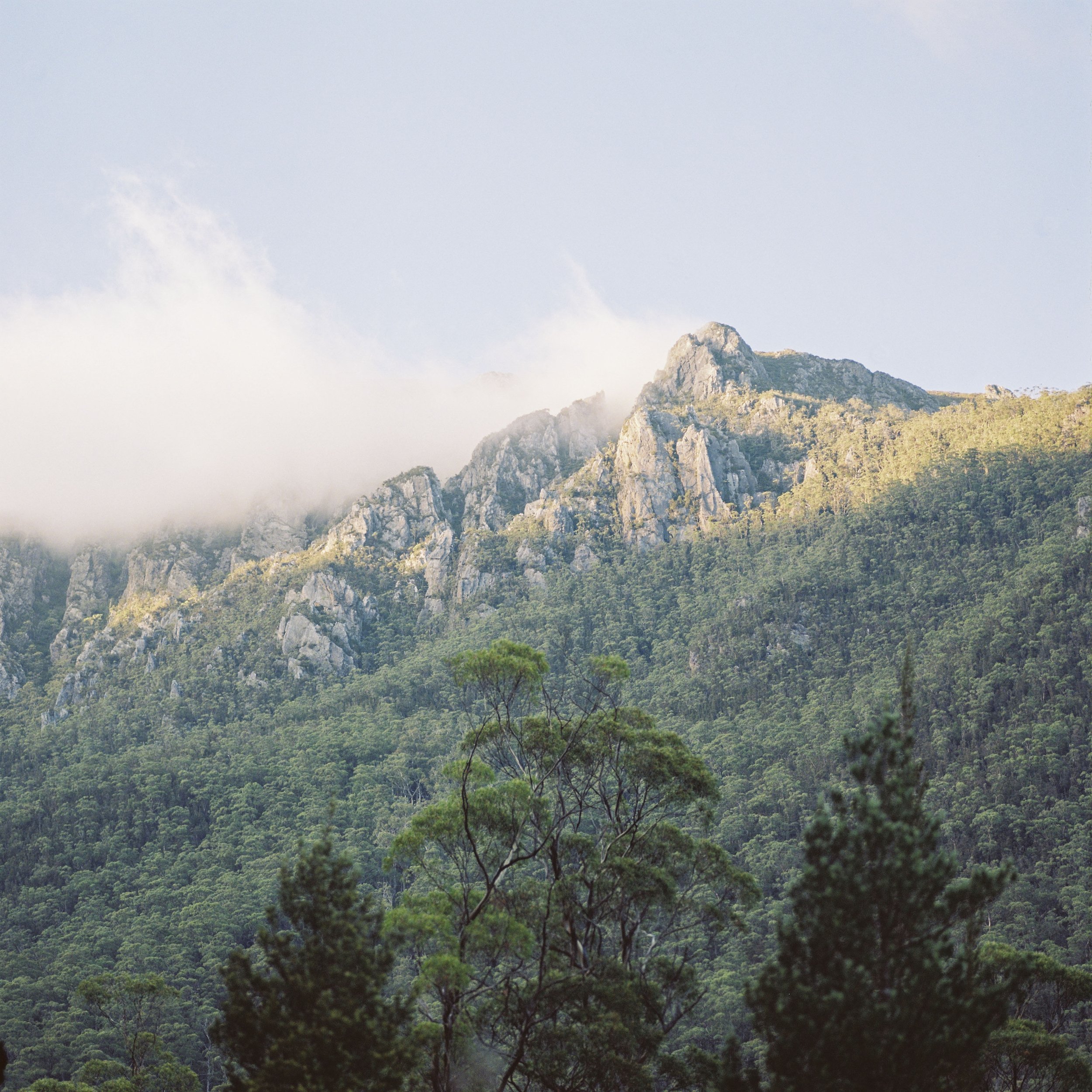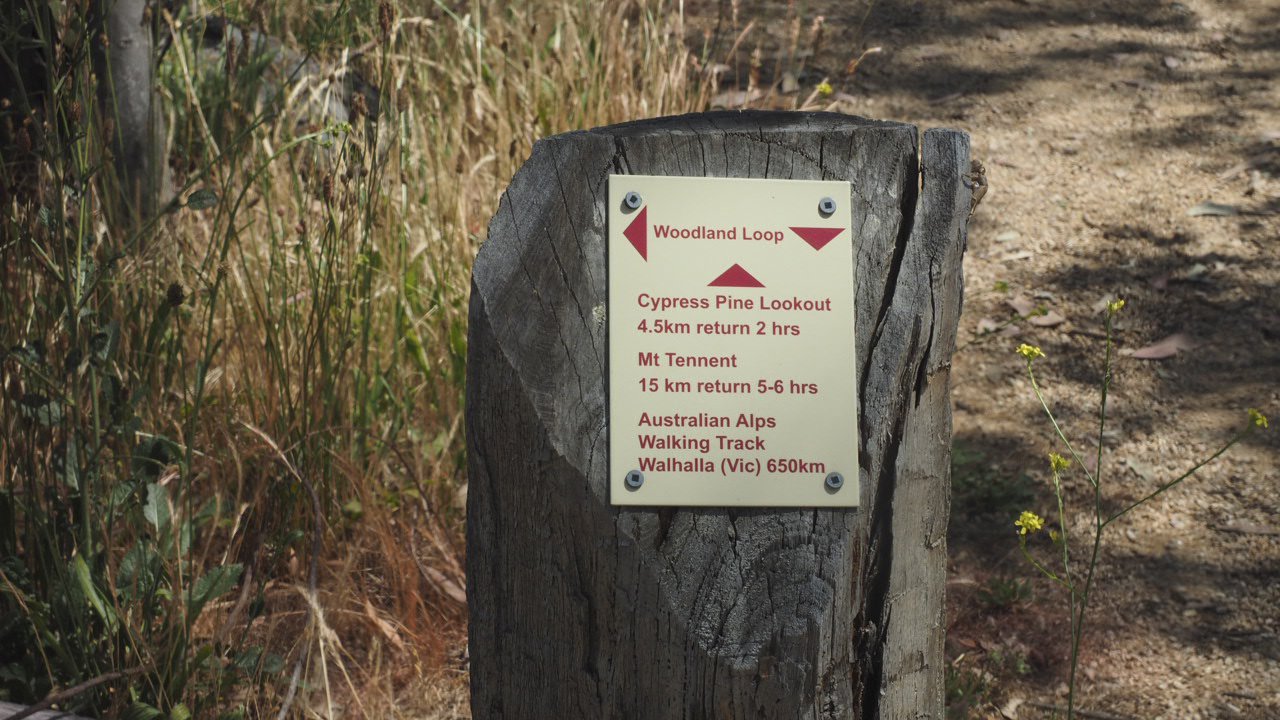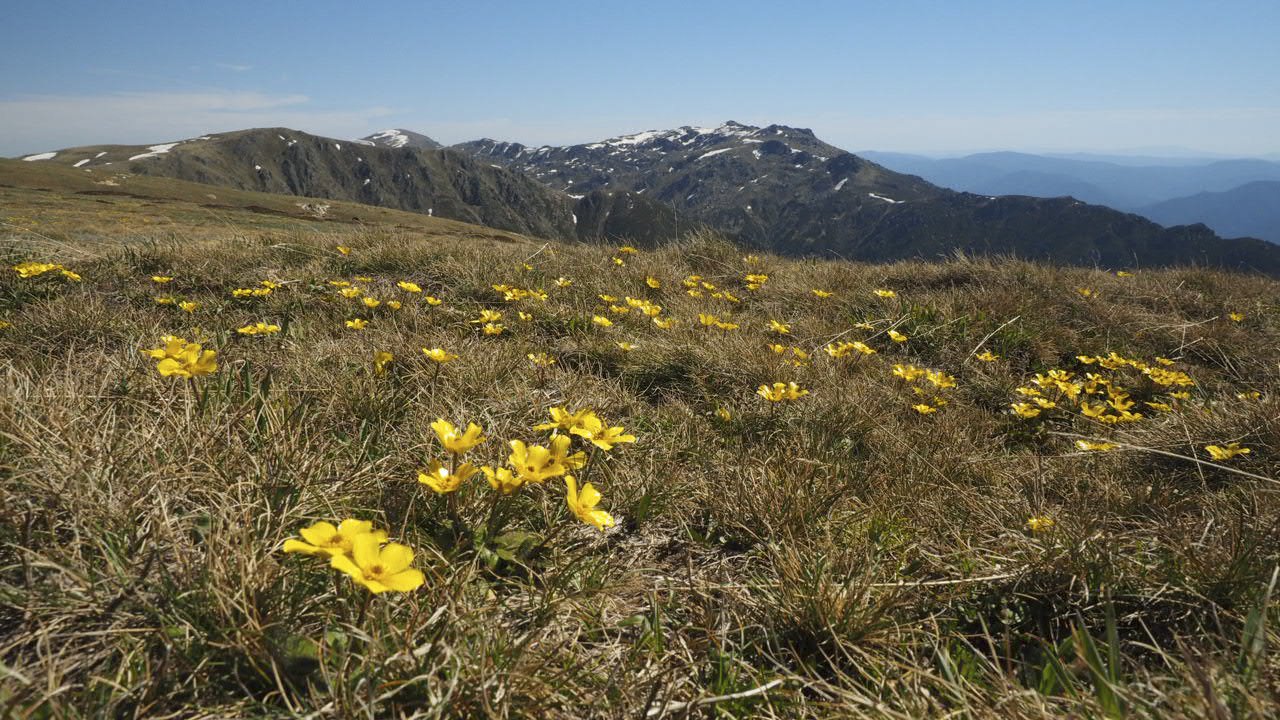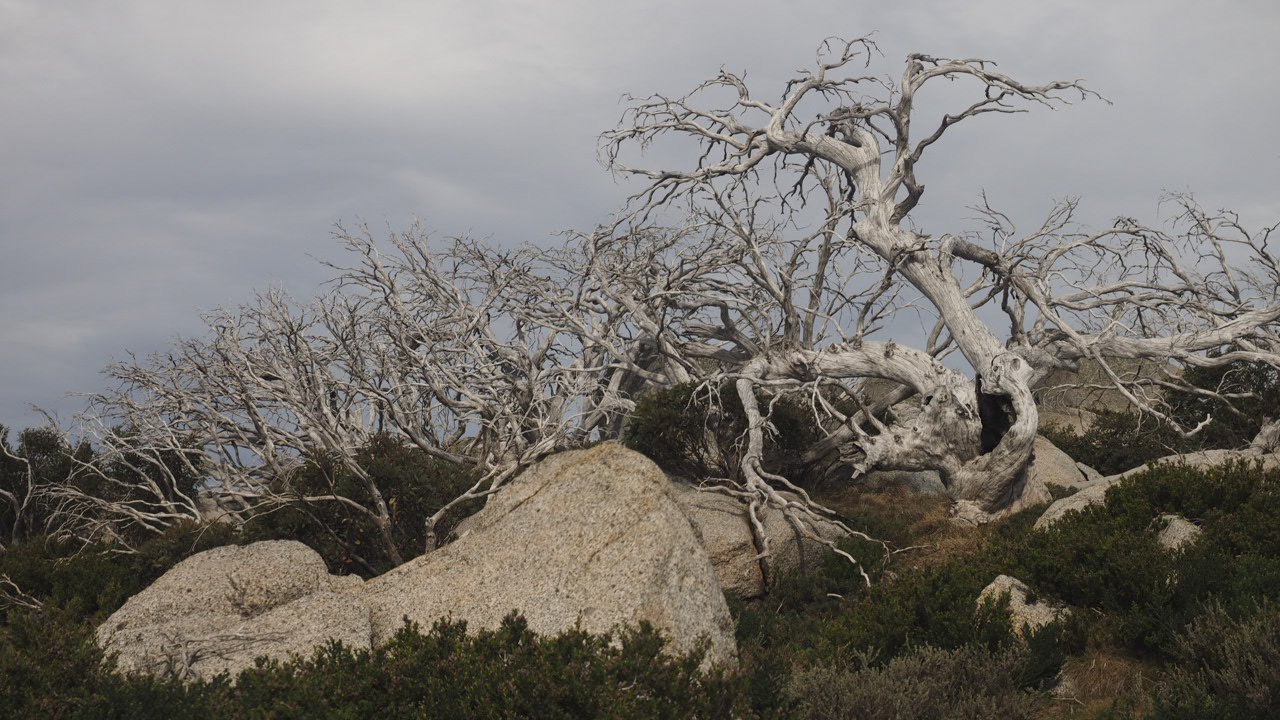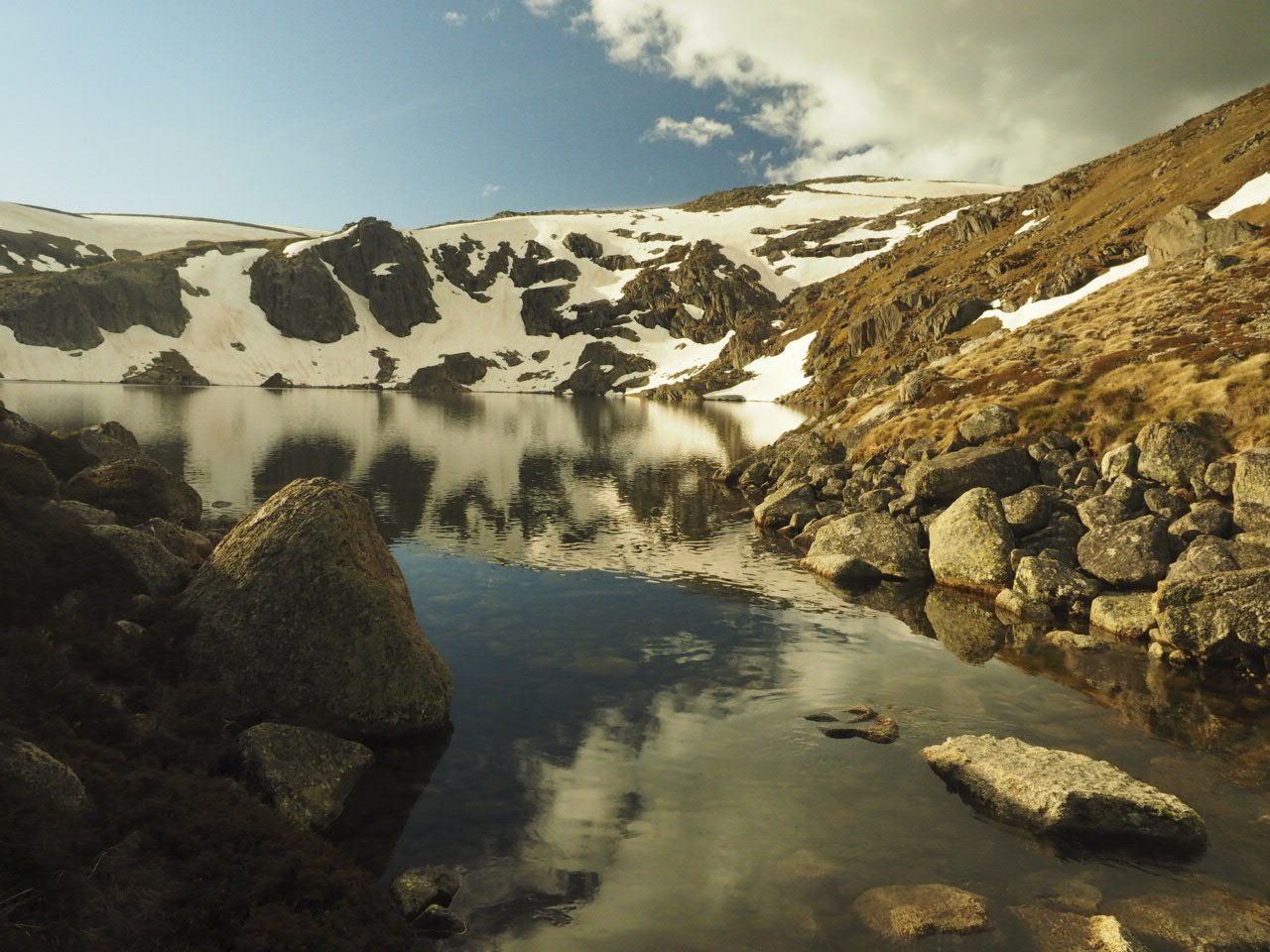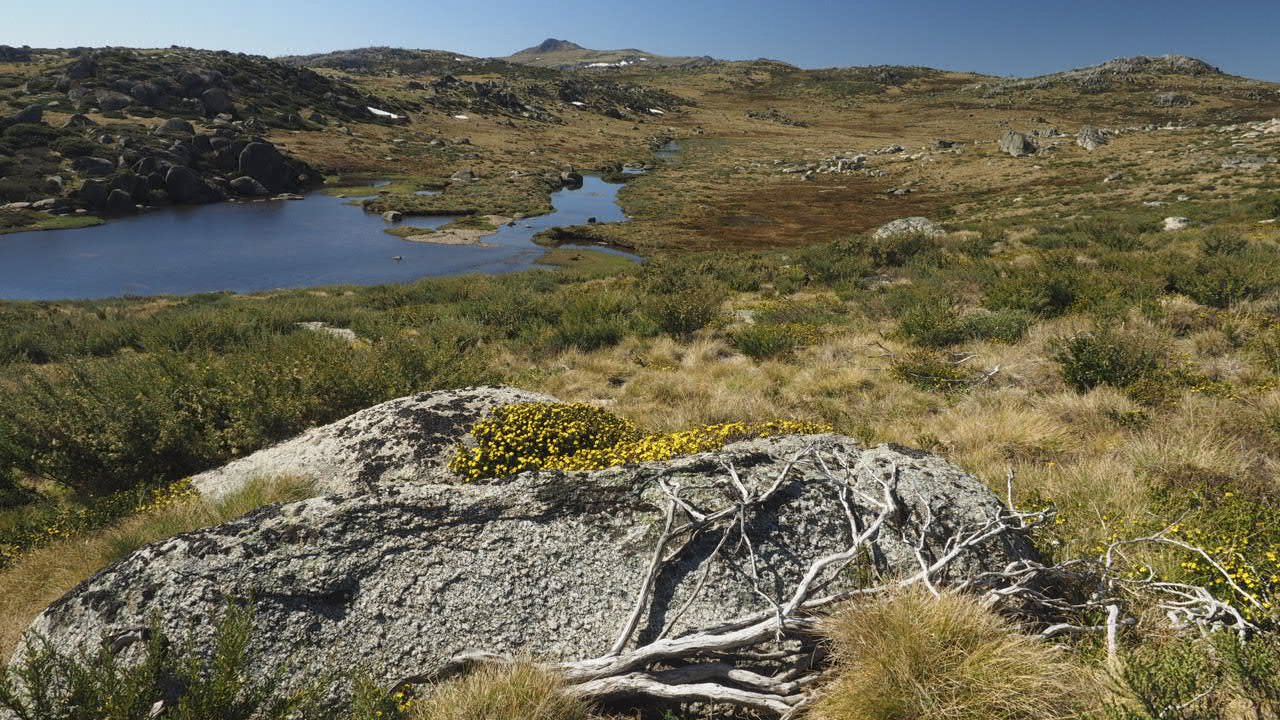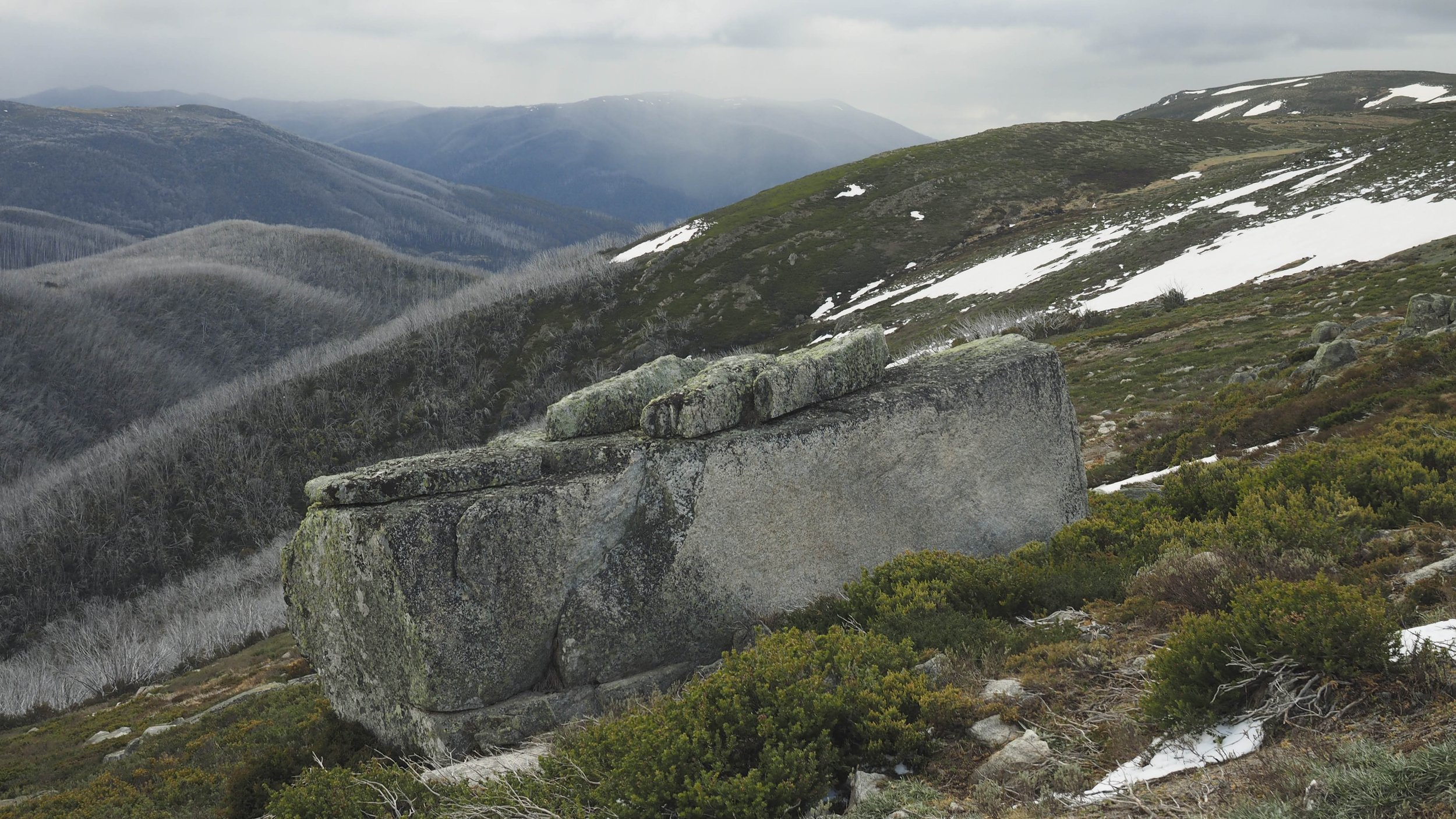It also stands as a place rich in history, having provided a meeting place for the local Aboriginal tribes for hundreds of generations, and having served as roaming ground for the early mountain cattlemen whose culture has since become an integral part of our national identity. These mountains are also home to one of our country’s greatest engineering marvels: the Snowy-Hydro Scheme, built by nearly 100 000 workers post WWII. More recently, since the protective hand of national park status has been extended over the ‘Snowies’, it’s become a playground for outdoor enthusiasts, both in winter as well as summer.
As for me, it was a real relief to finally reach them, after 8 weeks of trekking along the Australian Alps Walking Track (AAWT). The vehicular tracks that I have been following leading up to the Snowies were about to be replaced by untracked country that offered marvellous walking. Furthermore, my good friend, Robert Vandali was to join me for this section of my journey. After nearly 8 weeks of solitude and dehydrated meals, my stomach and I were looking forward to the rendezvous at Dead Horse Gap.
Rob, in his reliable fashion, turned up to our meeting point with a car full of food. Looking at the bounty in his boot, I felt ravenous. He offered me an endless selection of treats; sticks of salami, blocks of chocolate, fresh fruit, but I think his crowning achievement was the preparation of bacon and eggs that day for breakfast. If my eyes didn’t water, it was only because I was too busy eating.
Loaded up with a week’s worth of food, our packs felt heavy on our climb up to Australia’s highest alpine plateau. On our way towards the Rams Head Range, we spotted two wild horses, grazing peacefully on the grass that had lain underneath snow until only a few weeks previously. Having survived the winter, these brumbies must have been overjoyed with the sun and the freshly revealed grass. Chomping, stomping, they eventually trotted away when I got too close with my camera.
As we gained elevation, we emerged from the scruffy snowgum forests onto a barren, alpine landscape; dominated by yellow grass, scoured boulders and large snowdrifts loitering on the southerly slopes. The scale of the landscape made us feel like we have entered a land of giants, where the eye may see for an awful long distance, and the legs have much trouble keeping up with the imagination.
From a natural high point, standing on a particularly prominent boulder, we spotted our night’s accommodation: the bright red Cootapatamba Hut. Nestled in a river valley just south of Mt Kosciuszko, this hut serves as a vital emergency shelter for those that get caught out in ferocious weather. Although we were lucky enough to get mostly clear days for our days high up on the range, temperatures were crisp; the windchill contributing to an apparent temperature of -10 C. We were grateful we wouldn’t have to pitch our tents that night with icy fingers, and instead could sleep in the womb-like nest that was the hut.
